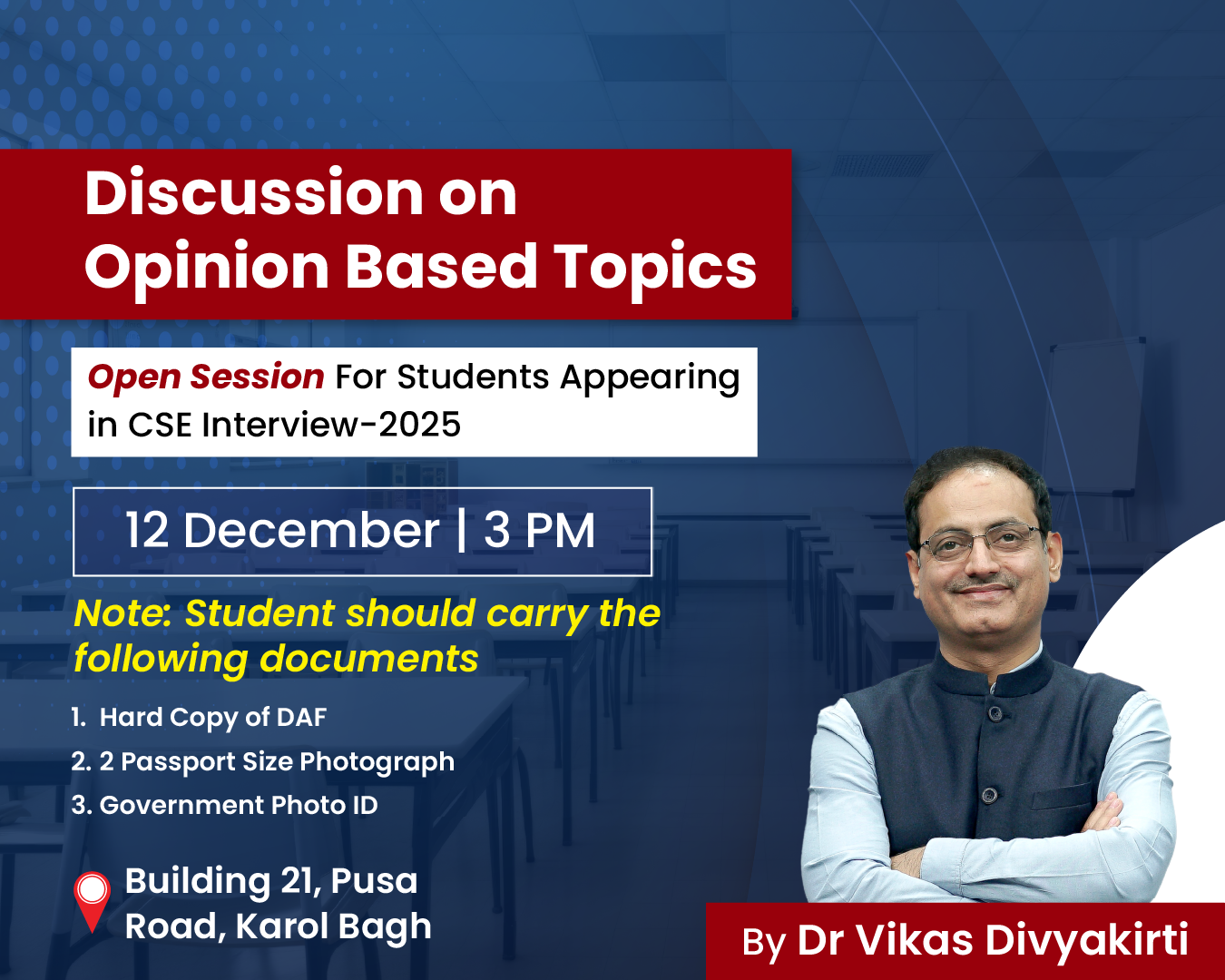-
01 Jul 2025
GS Paper 2
Polity & Governance
Day 14: “Federalism in India is shaped not just by institutional design but by political behaviour.”How have cooperation, competition, and confrontation defined Centre–State relations in recent years? (250 words)
Approach
- Start by defining federalism in the Indian context.
- Distinguish between the cooperative, competitive, and confrontational types of federalism.
- Suggest a way forward.
- Conclude with a scholarly remark.
Introduction
India’s federalism, described as quasi-federal by the Supreme Court in S.R. Bommai v. Union of India (1994), reflects a blend of unitary bias and federal features. In recent years, the triad of cooperation, competition, and confrontation has significantly influenced Centre–State dynamics.
Body
Cooperative Federalism:
- The idea of cooperative federalism gained prominence post-2014 with the replacement of the Planning Commission by NITI Aayog, intended to promote joint decision-making.
- The GST Council is a major institutional innovation in cooperative federalism, where both Union and State governments make decisions on indirect taxation through consensus.
- During the COVID-19 pandemic, Centre–State coordination on lockdowns, vaccine distribution, and disaster management showed cooperative mechanisms at work.
- However, states have occasionally alleged top-down approaches, such as in disaster response guidelines and fund distribution.
Competitive Federalism:
- Competitive federalism encourages states to improve governance, attract investments, and deliver services better.
- Tools like the Ease of Doing Business rankings, Aspirational Districts Programme, and PM Gati Shakti reflect this trend.
- Finance Commissions, especially the 15th Finance Commission, have incentivized performance by linking grants to outcomes in sanitation, education, and health.
- However, excessive competition can create inequalities among states, especially between rich and poor, or resource-rich and resource-poor states.
Confrontational Federalism
- The past decade has seen growing political confrontation between the Centre and opposition-ruled states.
- The governor's role has often been contested, especially regarding withholding assent to state bills (e.g., NEET Bill in Tamil Nadu, University laws in Kerala, Farm bills in Punjab).
- Delay in GST compensation payments and perceived misuse of central agencies (ED, CBI) in opposition states have deepened mistrust.
- Issues like language imposition (Hindi), the New Education Policy, and farm laws have been criticized for being enacted with insufficient state consultation.
Way Forward
- The Punchhi Commission (2010) recommended:
- Codifying the discretionary powers of the Governor.
- Providing a fixed time limit for the Governor to decide on bills.
- Setting up an Inter-State Trade and Commerce Commission.
- Sarkaria Commission (1988) advocated prior consultation with states on matters in the Concurrent List and restructuring institutions like the Inter-State Council to meet more frequently.
Conclusion
As political scientist Paul R. Brass observed: “Indian federalism is a dynamic system of negotiation, adjustment, and accommodation among diverse actors and interests.” To preserve this dynamism constructively, India must institutionalize cooperative platforms like the Inter-State Council, revive fiscal decentralisation as envisioned by the Sarkaria and Punchhi Commissions, and uphold constitutional morality in political practice.





